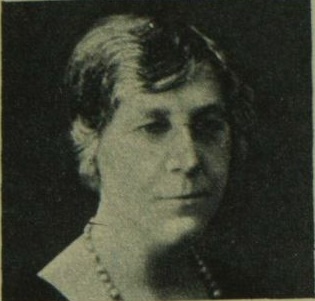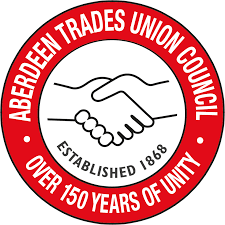Related Research Articles

The Scottish Trades Union Congress (STUC) is the national trade union centre in Scotland. With 40 affiliated unions as of 2020, the STUC represents over 540,000 trade unionists.
Red Clydeside was the era of political radicalism in Glasgow, Scotland, and areas around the city, on the banks of the River Clyde, such as Clydebank, Greenock, Dumbarton and Paisley, from the 1910s until the early 1930s. Red Clydeside is a significant part of the history of the labour movement in Britain as a whole, and Scotland in particular.
The General Secretary of the STUC is the chief permanent officer of the Scottish Trades Union Congress, and a major figure in the trade union movement in the United Kingdom.
The Organisation of Scottish Labour is a body established under the national rules of the UK Labour Party.
Alexander Harper Kitson was a British trade unionist and Labour Party official.
Thomas Robert Threlfall, known as T. R. Threlfall, was a British trade unionist and Liberal-Labour politician.
Margaret Hardinge Irwin (1858–1940) was a Scottish suffragist and labour activist who held important posts in the trade union movement.
William Elger was a Scottish trade union leader.
Charles Murdoch was a Scottish trade union leader.
Glasgow Trades Council is an association of trade union branches in Glasgow in Scotland.
George Carson was a Scottish trade unionist.
William McLean was a Scottish trade unionist.
John Mallinson was a Scottish trade unionist and politician.
Hugh Lyon was a Scottish trade union leader.

James Millar Jack was a Scottish trade unionist and politician.

Eleanor Stewart, was a Scottish trade unionist and political activist.
John Battersby (1839–1922) was a Scottish trade unionist and politician.
George Kerr was a Scottish politician and trade unionist.

Aberdeen Trades Union Council (ATUC) is the body made up of affiliated trade union branches and organisations working in the Aberdeen and Aberdeenshire area to promote the interests of workers in the region. The ATUC provides services to affiliated branches on a wide range of industrial, social and community issues and is affiliated to the STUC. It has an office based in Aberdeen, Scotland.
John C. Hendry was a Scottish trade union leader.
References
- 1 2 3 4 Aitken, Keith (1997). The bairns o' Adam: the story of the STUC. Edinburgh: Polygon. pp. 29, 82–84. ISBN 0748662006.
- 1 2 Donnachie, Ian; Harvie, Christopher; Wood, Ian S. (1989). Forward!: Labour politics in Scotland, 1888-1988. Edinburgh: Polygon. pp. 136–137. ISBN 0748660011.
- ↑ "[untitled article]". Typographical Circular. 1913.
- ↑ "Members of Parliamentary Committee and General Council since 1897". Annual Report of the Scottish Trades Union Congress: 8. 1942.
- ↑ McLean, Iain (1983). The Legend of Red Clydeside. Edinburgh: Birlinn. p. 129. ISBN 0859760952.